On Applicability of Network Coding Technique for 6LoWPAN-based Sensor Networks
Abstract
:1. Introduction
- the proposal of the relatively simple solution allowing for the encoding of small 6LoWPAN datagrams (fragments) characterized by compressed headers and which are often changed from hop-to-hop,
- the reduction of the number of signaling messages keeping the NC usefulness for the WSNs, and
- the implementation and verification of the NC proposal in a real 6LoWPAN-based testbed.
2. Related Work
3. Network Coding for 6LoWPAN-Based Wireless Sensor Networks
3.1. Linear Network Coding Technique
3.2. IPv6 over Low-Power Wireless Personal Area Networks (6LoWPAN)
3.3. Network Coding for 6LoWPAN (NC6LoWPAN) WSNs
- NC6LoWPAN should be applied for unicast transmission. Most of the sensor networks are deployed to transfer unicast streams from end sensors to a border gateway (and further to the Internet or cloud) or/and from the decision center to the actuators (associated with the sensor motes).
- This technique should be easily implemented in sensor motes, possibly without any modifications in the MAC layer drivers.
- It should be optimized to minimize node’s resources utilization, i.e., it should be equipped with the operations tailored for sensor network to minimize node’s memory usage, minimize additional signaling required for encoded packets acknowledgments, and decrease the overall traffic in the WSN (what should lead to the energy consumption decrease).
| Algorithm 1. Encoding Procedure at the NC Layer |
| Input:CurrentNativePacket received from 6LoWPAN layer, tc—current system time. |
| Output:OutputPacket prepared for sending to MAC layer. |
| 1: Initialize: NCOpportunity = FALSE |
| 2: Read DestAddr of the CurrentNativePacket |
| 3: if DestAddr = UnicastAddr then |
| 4: Read NextHeader field of the CurrentNativePacket |
| 5: if NextHeader = ICMPv6 then |
| 6: Read MessageType of the CurrentNativePacket |
| 7: if MessageType = RPL or MessageType = IPv6NeighborDiscoveryTypes then |
| 8: OutputPacket ← CurrentNativePacket |
| 9: end if |
| 10: end if |
| 11: end if |
| 12: if DestAddr = MulticastAddr then |
| 13: OutputPacket ← CurrentNativePacket |
| 14: end if |
| 15: Read SrcAddr of the CurrentNativePacket |
| 16: if SrcAddr = CurrentNodeAddr then |
| 17: CurrentNodeRole ← SourceNode |
| 18: else |
| 19: CurrentNodeRole ← RelayNode |
| 20: end if |
| 21: if CurrentNodeRole = SourceNode then |
| 22: Read NextHopAddr from the forwarding table of the current node |
| 23: if NextHopAddr = DestAddr then |
| 24: OutputPacket ← CurrentNativePacket |
| 25: else |
| 26: BufferedNativePacket ← Copy of CurrentNativePacket |
| 27: BufferedNativePacket_role = SourceNode |
| 28: Set BufferedNativePacket_tz = tc |
| 29: NCBuffer ← BufferedNativePacket |
| 30: OutputPacket ← CurrentNativePacket |
| 31: end if |
| 32: end if |
| 33: if CurrentNodeRole = RelayNode then |
| 34: for each BufferedNativePacket ∊ NCBuffer do |
| 35: NCOpportunity ← Check NC opportunity (BufferedNativePacket, CurrentNativePacket) |
| 36: if NCOpportunity = TRUE then |
| 37: NetworkCodedPacket ← Encode (BufferedNativePacket, CurrentNativePacket) |
| 38: OutputPacket ← NetworkCodedPacket |
| 39: else |
| 40: BufferedNativePacket ← CurrentNativePacket |
| 41: BufferedNativePacket_role = RelayNode |
| 42: Set BufferedNativePacket_tp = tc |
| 43: Set BufferedNativePacket_tz = −1 |
| 44: NCBuffer ← BufferedNativePacket |
| 45: end if |
| 46: end for |
| 47: end if |
| Algorithm 2. NC Buffer Timers Control |
| Input:NCBuffer, tc—current system time, tz, tp. |
| Output:OutputPacket prepared for sending to MAC layer. |
| 1: for each BufferedNativePacket ∊ NCBuffer do |
| 2: if BufferedNativePacket_role = SourceNode then |
| 3: if (tc − BufferedNativePacket_tz) ≥ tz then |
| 4: Delete BufferedNativePacket |
| 5: end if |
| 6: end if |
| 7: if BufferedNativePacket_role = RelayNode then |
| 8: if BufferedNativePacket_tz < 0 then |
| 9: if (tc − BufferedNativePacket_tp) ≥ tp then |
| 10: OutputPacket ← copy of BufferedNativePacket |
| 11: BufferedNativePacket_tp = −1 |
| 12: BufferedNativePacket_tz = tz |
| 13: end if |
| 14: else |
| 15: if (tc − BufferedNativePacket_tz) ≥ tz then |
| 16: Delete BufferedNativePacket |
| 17: end if |
| 18: end if |
| 19: end if |
| 20: end for |
| Algorithm 3. Decoding Procedure at the NC Layer |
| Input:ReceivedPacket—packet received from MAC layer (encoded or native 6LoWPAN packet), CurrentNodeID. |
| Output:CurrentNativePacket prepared for sending to 6LoWPAN layer. |
| 1: Initialize: Decode, Matched = FALSE |
| 2: Read DispatchCode from the dispatch header of the ReceivedPacket |
| 3: if DispatchCode = NLAP then |
| 4: for i ← 1 to 2 do |
| 5: if NIDi = CurrentNodeID then |
| 6: Matched ← TRUE |
| 7: end if |
| 8: end for |
| 9: if Matched = TRUE then |
| 10: for each BufferedNativePacket ∊ NCBuffer do |
| 11: Decode ← Check decoding possibility (BufferedNativePacket, ReceivedPacket) |
| 12: if Decode = TRUE then |
| 13: BufferedNativePacket ← Extract BufferedNativePacket from NCBuffer |
| 14: end if |
| 15: end for |
| 16: if Decode = TRUE then |
| 17: CurrentNativePacket ← Perform decoding (BufferedNativePacket, ReceivedPacket) |
| 18: else |
| 19: Discard ReceivedPacket |
| 20: end if |
| 21: else |
| 22: Discard ReceivedPacket |
| 23: end if |
| 24: else |
| 25: CurrentNativePacket ← ReceivedPacket |
| 26: end if |
4. Performance of NC6LoWPAN Mechanism
- Packets type: ICMPv6 (emulate bidirectional connectionless traffic, commonly used in sensor/actuator network).
- Packet size (ICMP data): 10 Bytes (constant, arbitrary selected).
- Number of streams: varying from 1 to 7 (to check an influence of traffic volume on correctness and efficiency of the NC6LoWPAN).
- Packets inter-arrival time distribution: uniform <0.4 s, 0.45 s> (arbitrary selected, which gives average 188 bps mean data rate).
5. Conclusions and Future Work
Author Contributions
Acknowledgments
Conflicts of Interest
References
- Krygier, J.; Bednarczyk, M.; Maslanka, K. Evaluation of the Multimetric Proactive Routing Protocol Implementation for Mobile Ad-Hoc Networks. In Proceedings of the 19th International Conference on Microwave Radar and Wireless Communications, Warsaw, Poland, 21–23 May 2012; pp. 259–261. [Google Scholar]
- Karenos, K.; Kalogeraki, V. Real-Time Traffic Management in Sensor Networks. In Proceedings of the 27th IEEE International Real-Time Systems Symposium (RTSS ′06), Rio de Janeiro, Brazil, 5–8 December 2006; pp. 422–434. [Google Scholar]
- Djenouri, D.; Balasingham, I. Traffic-Differentiation-Based Modular QoS Localized Routing for Wireless Sensor Networks. IEEE Trans. Mob. Comput. 2011, 10, 797–809. [Google Scholar] [CrossRef]
- Vithya, G.; Vinayagasundaram, B. Actuation Sensor with Adaptive Routing and QOS Aware Checkpoint Arrangement on Wireless Multimedia Sensor Network. In Proceedings of the International Conference on Recent Trends in Information Technology (ICRTIT 2011), Chennai, Tamil Nadu, India, 3–5 June 2011; pp. 444–449. [Google Scholar]
- Niewiadomska-Szynkiewicz, E. Energy Aware Communication Protocols for Wireless Sensor Networks. In Transactions on Computational Collective Intelligence; Springer: Berlin, Germany, 2013; pp. 135–149. [Google Scholar]
- Ahlswede, R.; Cai, N.; Li, S.Y.R.; Yeung, R.W. Network Information Flow. IEEE Trans. Inf. Theory 2000, 46, 1204–1216. [Google Scholar] [CrossRef]
- Li, S.Y.R.; Yeung, R.W.; Cai, N. Linear Network Coding. IEEE Trans. Inf. Theory 2003, 49, 371–381. [Google Scholar] [CrossRef]
- Koetter, R.; Medard, M. An Algebraic Approach to Network Coding. IEEE Trans. Netw. 2003, 11, 782–795. [Google Scholar] [CrossRef]
- Hagedorn, A.; Starobinski, D.; Trachtenberg, A. Rateless Deluge: Over-the-Air Programming of Wireless Sensor Networks Using Random Linear Codes. In Proceedings of the International Conference on Information Processing in Sensor Networks, St. Louis, MO, USA, 22–24 April 2008; pp. 457–466. [Google Scholar]
- Wu, Y.; Chou, P.A.; Jain, K. A Comparison of Network Coding and Tree Packing. In Proceedings of the International Symposium on Information Theory, Chicago, IL, USA, 27 June–2 July 2004; p. 145. [Google Scholar]
- Chou, P.A.; Wu, Y. Network Coding for the Internet and Wireless Networks. IEEE Signal Process. Mag. 2007, 24, 77–85. [Google Scholar] [CrossRef]
- Gkantsidis, C.; Rodriguez, P. Network Coding for Large Scale Content Distribution. In Proceedings of the 24th Annual Joint Conference of the IEEE Computer and Communications Societies (INFOCOM 2005), Miami, FL, USA, 13–17 March 2005; pp. 2235–2245. [Google Scholar]
- Katti, S.; Rahul, H.; Hu, W.; Katabi, D.; Medard, M.; Crowcroft, J. XORs in the Air: Practical Wireless Network Coding. IEEE Trans. Netw. 2008, 16, 497–510. [Google Scholar] [CrossRef]
- Khreishah, A.; Wu, J.; Ostovari, P.; Khalil, I. Flow-based XOR Network Coding for Lossy Wireless Networks. IEEE Trans. Wirel. Commun. 2012, 11, 2321–2329. [Google Scholar] [CrossRef]
- Dong, Q.; Wu, J.; Hu, W.; Crowcroft, J. Practical network coding in wireless networks. In Proceedings of the 13th Annual ACM International Conference on Mobile Computing and Networking, Montreal, QC, Canada, 9–14 September 2007; pp. 306–309. [Google Scholar]
- Omiwade, S.; Zheng, R.; Hua, C. Butterflies in the Mesh: Lightweight Localized Wireless Network Coding. In Proceedings of the ITA Fourth Workshop on Network Coding, Theory and Applications, Hong Kong, China, 3–4 January 2008; pp. 1–6. [Google Scholar]
- Zhao, F.; Medard, M. On Analyzing and Improving COPE Performance. In Proceedings of the Information Theory and Applications Workshop, San Diego, CA, USA, 31 January–5 February 2010; pp. 1–6. [Google Scholar]
- Guo, Z.; Wang, B.; Cui, J.H. Efficient Error Recovery Using Network Coding in Underwater Sensor Networks. In Networking, Ad Hoc and Sensor Networks, Wireless Networks, Next Generation Internet; Springer: Berlin/Heidelberg, Germany, 2007; pp. 227–238. [Google Scholar]
- Hou, I.H.; Tsai, Y.E.; Abdelzaher, T.F.; Gupta, I. AdapCode: Adaptive Network Coding for Code Updates in Wireless Sensor Networks. In Proceedings of the 27th Conference on Computer Communications (INFOCOM 2008), Phoenix, AZ, USA, 13–18 April 2008; pp. 2189–2197. [Google Scholar]
- Platz, D.; Woldegebreal, D.H.; Karl, H. Random Network Coding in Wireless Sensor Networks: Energy Efficiency via Cross-Layer Approach. In Proceedings of the IEEE 10th International Symposium on Spread Spectrum Techniques and Applications, Bologna, Italy, 25–28 August 2008; pp. 654–660. [Google Scholar]
- Rout, R.R.; Ghosh, S.K. Enhancement of Lifetime using Duty Cycle and Network Coding in Wireless Sensor Networks. IEEE Trans. Wirel. Commun. 2013, 12, 656–667. [Google Scholar] [CrossRef]
- Amdouni, I.; Adjih, C.; Plesse, T. Network Coding in Military Wireless Ad Hoc and Sensor Networks: Experimentation with GardiNet. In Proceedings of the International Conference on Military Communications and Information Systems (ICMCIS 2015), Cracow, Poland, 18–19 May 2015; pp. 1–6. [Google Scholar]
- Zhu, Y.H.; Chi, K.; Tian, X.Z.; Leung, V.C.M. Network Coding Based Reliable IPv6 Packet Delivery over IEEE 802.15.4 Wireless Personal Area Networks. IEEE Trans. Veh. Technol. 2015, PP, 1–13. [Google Scholar] [CrossRef]
- Tmote Sky: Ultra Low Power IEEE 802.15.4 Compliant Wireless Sensor Module. Moteiv Corporation. Available online: http://www.eecs.harvard.edu/~konrad/projects/shimmer/references/tmote-sky-datasheet.pdf (accessed on 16 March 2018).
- Zhou, X.; Boukerche, A. Energy-efficient MAC schemes for Delay-Tolerant Sensor Networks. In Proceedings of the IEEE Symposium on Computers and Communication (ISCC), Messina, Italy, 27–30 June 2016; pp. 27–30. [Google Scholar] [CrossRef]
- Dunkels, A.; Gronvall, B.; Voigt, T. Contiki–A lightweight and flexible operating system for tiny networked sensors. In Proceedings of the 29th Annual IEEE International Conference on Local Computer Networks (LCN’04), Tampa, FL, USA, 16–18 November 2004; pp. 455–462. [Google Scholar]
- Palacios-Trujillo, R.; Alonso-Zarate, J.; Granelli, F.; Fitzek, F.H.P.; Fonseca, N.L.S. Network Coding and Duty Cycling in IEEE 802.11 Wireless Networks with Bidirectional Transmissions and Sleeping Periods. In Proceedings of the IEEE Global Communications Conference (GLOBECOM), San Diego, CA, USA, 6–10 December 2015; pp. 1–7. [Google Scholar]
- Chandanala, R.; Stoleru, R. Network Coding in Duty-Cycled Sensor Networks. In Proceedings of the Seventh International Conference on Networked Sensing Systems, Kassel, Germany, 15–18 June 2010; pp. 203–210. [Google Scholar]
- Kwon, M.; Park, H. The Impact of Network Coding Cluster Size on Approximate Decoding Performance. KSII Trans. Internet Inf. Syst. 2016, 10, 1144–1158. [Google Scholar]
- Migabo, M.E.; Olwal, T.O.; Djouani, K.; Kurien, A.M. Cooperative and Adaptive Network Coding for Gradient Based Routing in Wireless Sensor Networks with Multiple Sinks. J. Comput. Netw. Commun. 2017, 2017, 5301462. [Google Scholar] [CrossRef]
- Wang, H.; Wang, S.; Bu, R.; Zhang, E. A Novel Cross-Layer Routing Protocol Based on Network Coding for Underwater Sensor Networks. Sensors 2017, 17, 1821. [Google Scholar] [CrossRef] [PubMed]
- Ahmadi, A.; Shojafar, M.; Hajeforosh, S.; Dehghan, M.; Singhal, M. An efficient routing algorithm to preserve k-coverage in wireless sensor networks. J. Supercomput. 2013, 68, 599–623. [Google Scholar] [CrossRef]
- Mostafaei, H.; Shojafar, M.; Zaher, B.; Singhal, M. Barrier coverage of WSNs with the imperialist competitive algorithm. J. Supercomput. 2017, 73, 4957–4980. [Google Scholar] [CrossRef]
- Naranjo, P.G.V.; Shojafar, M.; Mostafaei, H.; Pooranian, Z.; Baccarelli, E. P-SEP: A prolong stable election routing algorithm for energy-limited heterogeneous fog-supported wireless sensor network. J. Supercomput. 2017, 73, 733–755. [Google Scholar] [CrossRef]
- Ostovari, P.; Wu, J.; Khreishah, A. Network Coding Techniques for Wireless and Sensor Networks. In The Art of Wireless Sensor Networks. Signals and Communication Technology; Ammari, H., Ed.; Springer: Berlin/Heidelberg, Germany, 2014. [Google Scholar]
- Montenegro, G.; Kushalnagar, N.; Corp, I.; Hui, J.; Culler, D. Transmission of IPv6 Packets over IEEE 802.15.4 Networks. Request for Comments, RFC4944. September 2007. Available online: https://tools.ietf.org/html/rfc4944 (accessed on 16 March 2018).
- IEEE Computer Society, IEEE 802.15.4 Standard for Wireless Medium Access Control (MAC) and Physical Layer (PHY) Specifications for Low-Rate Wireless Personal Area Networks (WPANs). IEEE Computer Society. September 2011. Available online: https://ieeexplore.ieee.org/document/7460875 (accessed on 16 March 2018).
- Palacios-Trujillo, R.; Dabi, B.H.; Alonso-Zarate, J.; Granelli, F.; Fitzek, F.H.P.; Fonseca, N.L.S. Network Coding-Aware IEEE 802.11 MAC Protocol Using Batch Transmissions and Multiple Reverse Direction Exchanges. In Proceedings of the IEEE International Conference on Communications (ICC), Kuala Lumpur, Malaysia, 22–27 May 2016; pp. 1–7. [Google Scholar]
- Winter, T. RPL: IPv6 Routing Protocol for Low-Power and Lossy Networks. Request for Comments, RFC6550. March 2012. Available online: https://tools.ietf.org/html/rfc6550 (accessed on 16 March 2018).
- Feeney, L.M.; Nilsson, M. Investigating the Energy Consumption of a Wireless Network Interface in an Ad Hoc Networking Environment. In Proceedings of the Twentieth Annual Joint Conference of the IEEE Computer and Communications Societies, Anchorage, AK, USA, 22–26 April 2001; pp. 1548–1557. [Google Scholar]
- Amiri, M. Measurements of Energy Consumption and Execution Time of Different Operations on Tmote Sky Sensor Motes. Masaryk University, Brno, 2010; pp. 1–39. Available online: https://is.muni.cz/th/nezqg/Thesis.pdf (accessed on 16 March 2018).
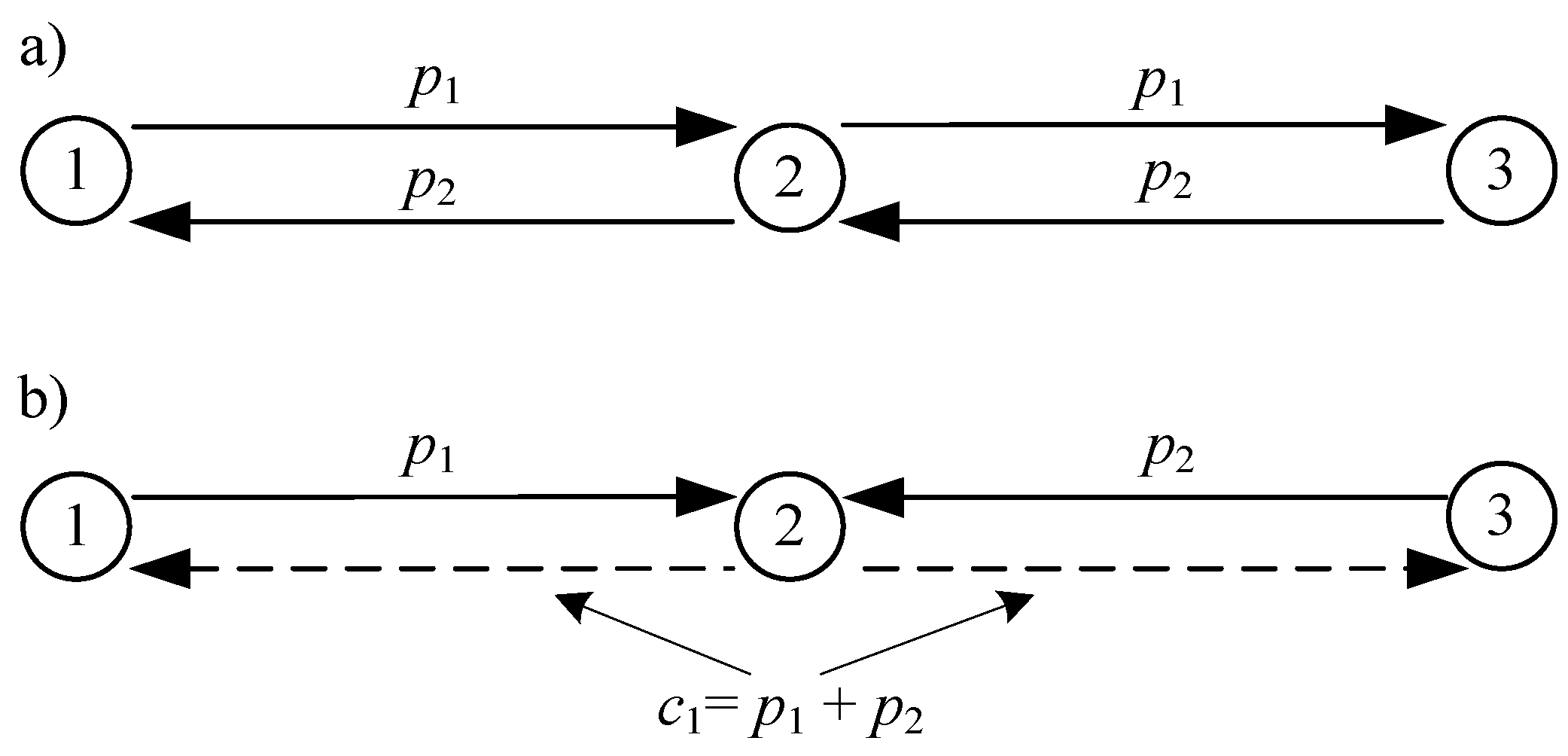

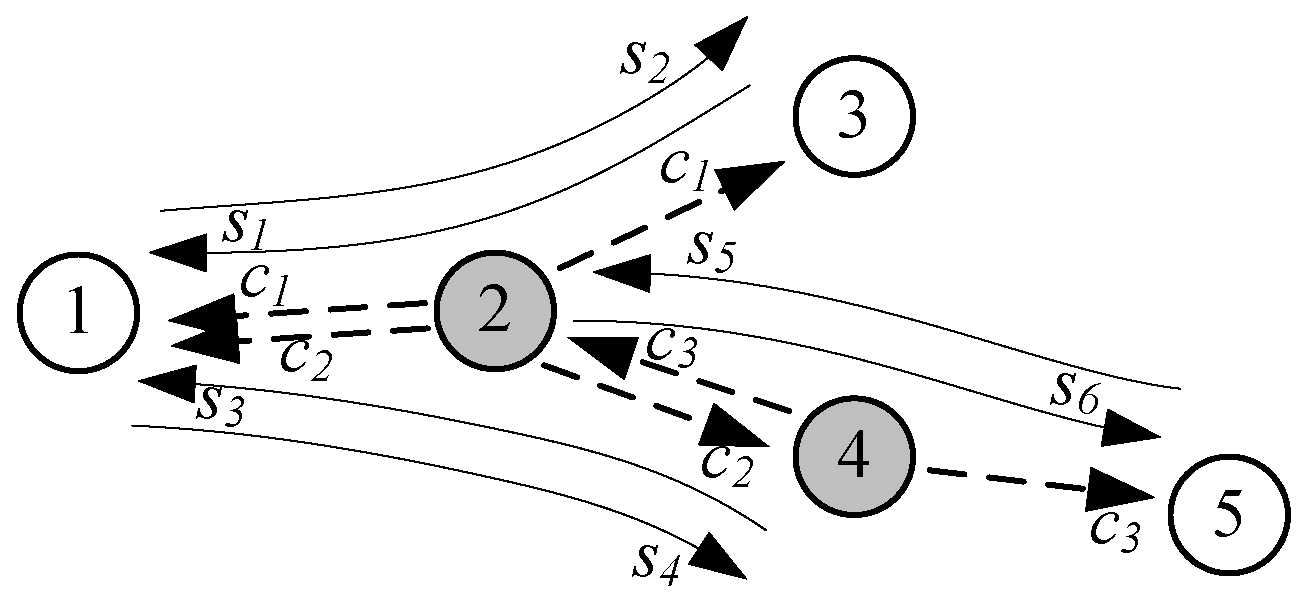


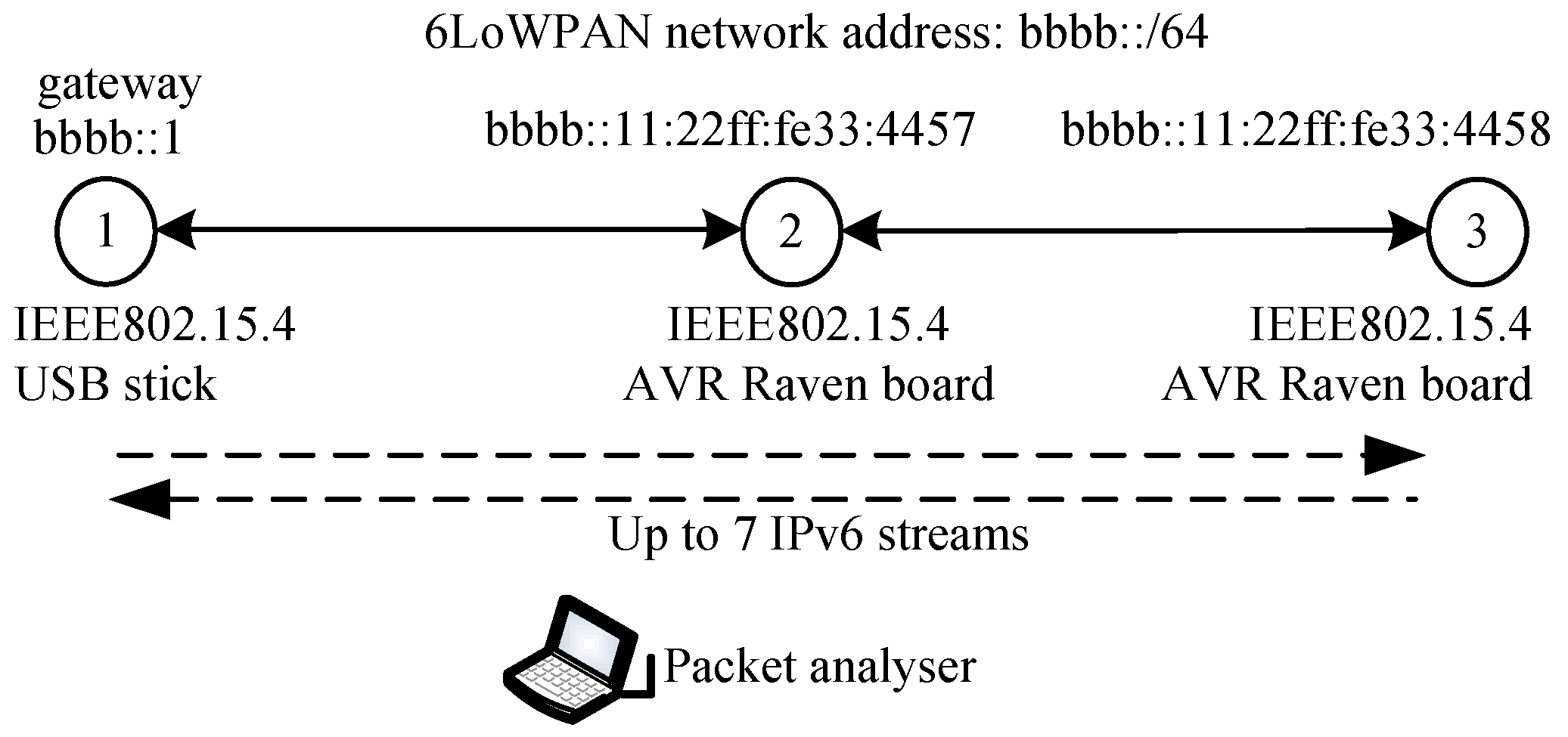

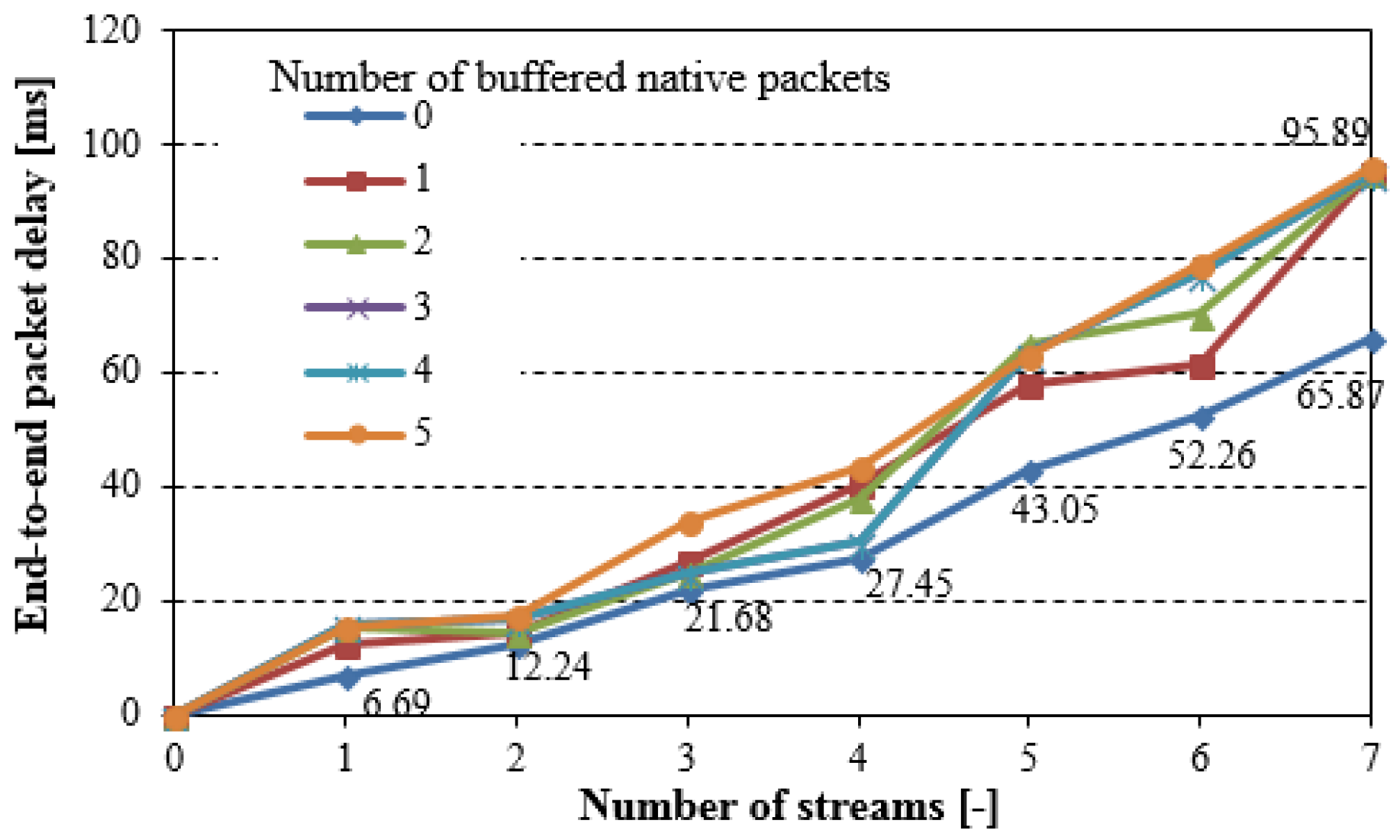
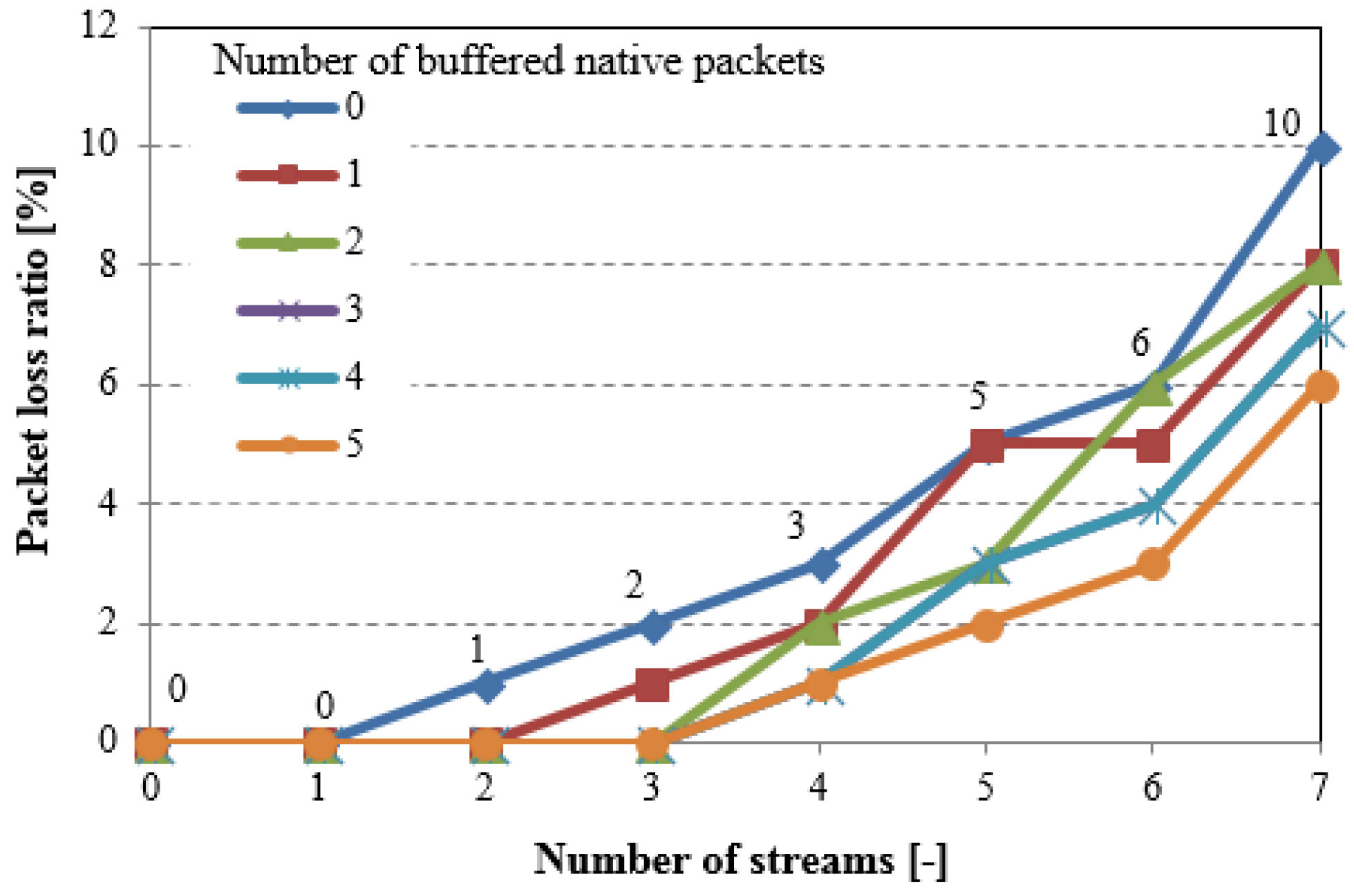
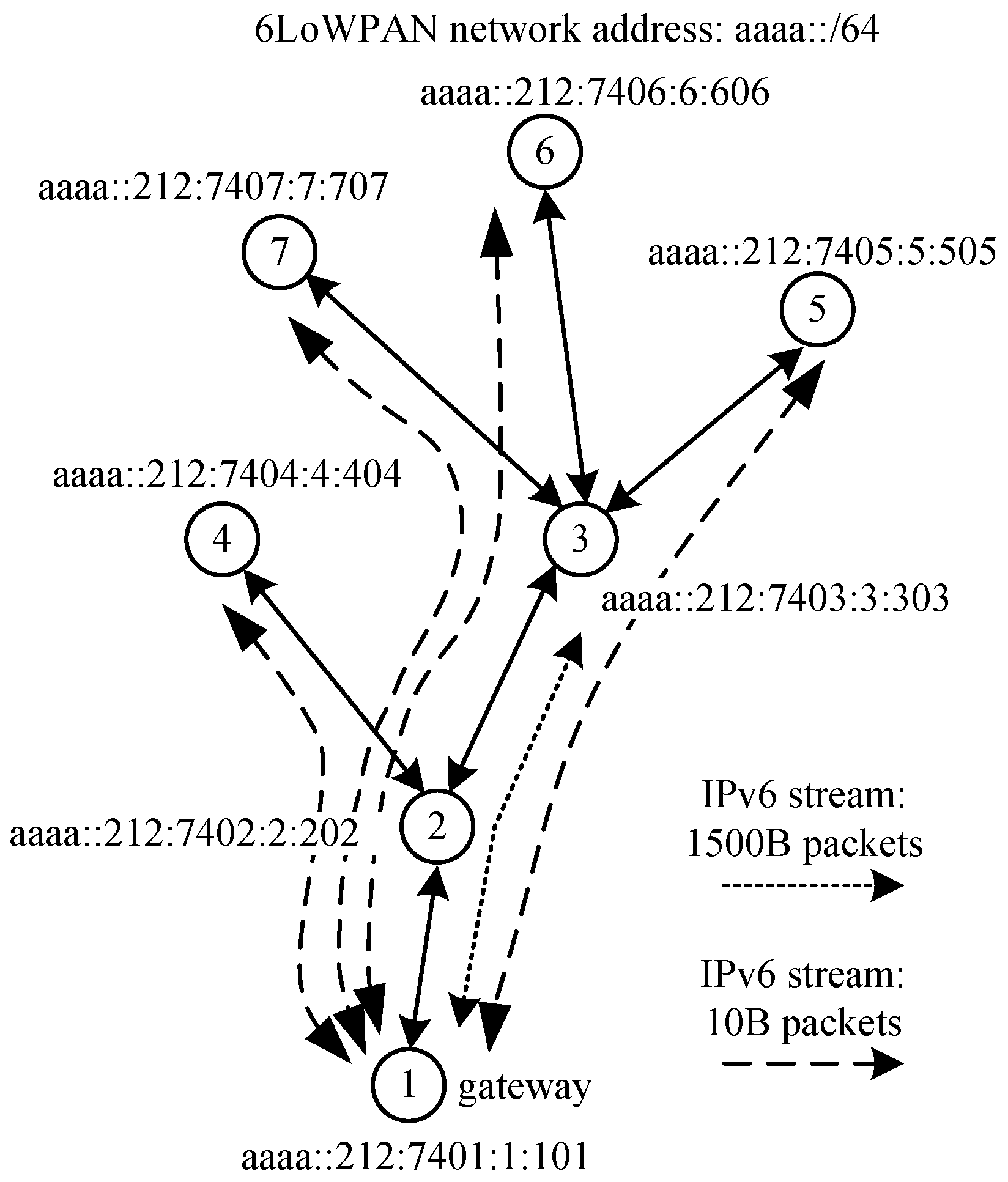
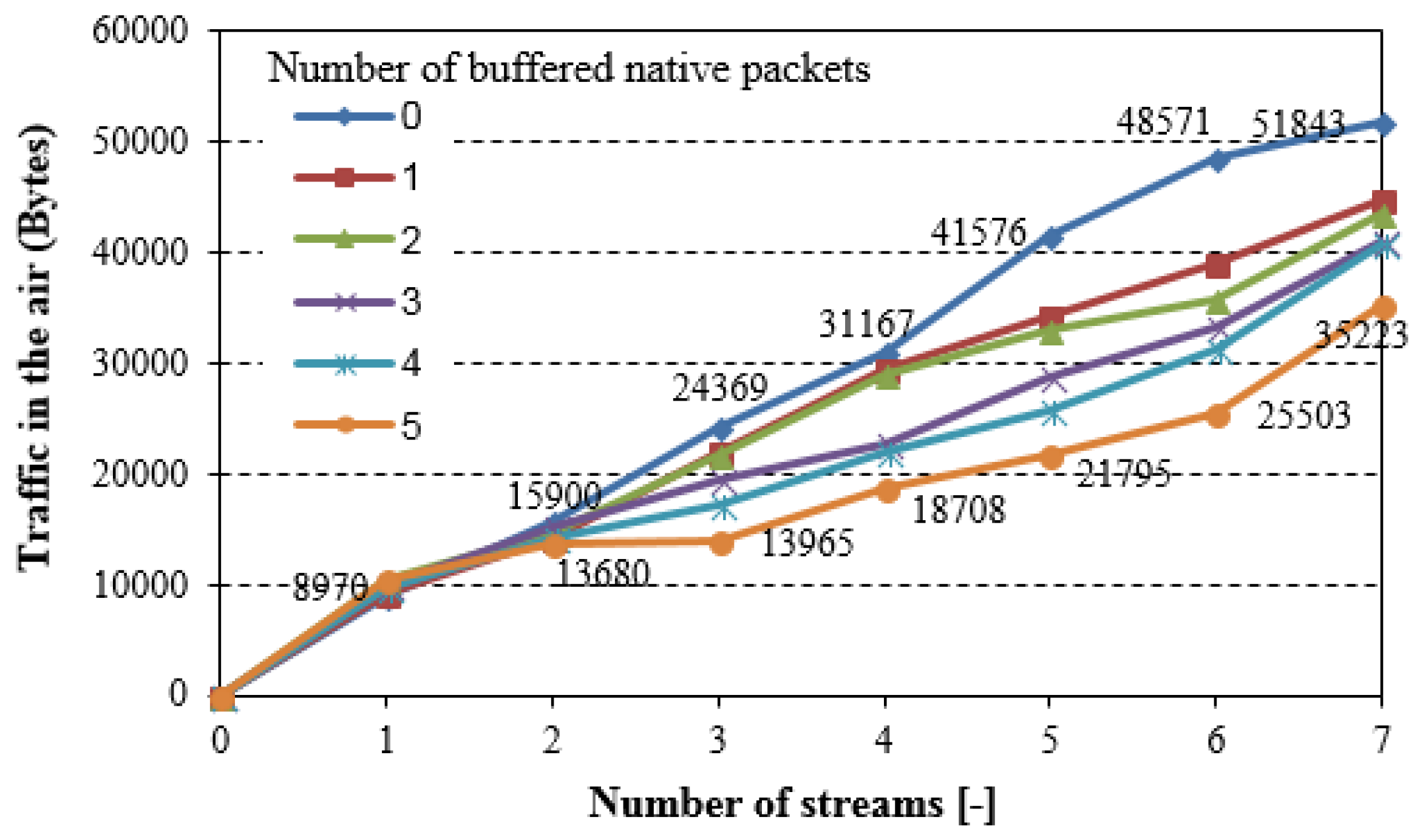
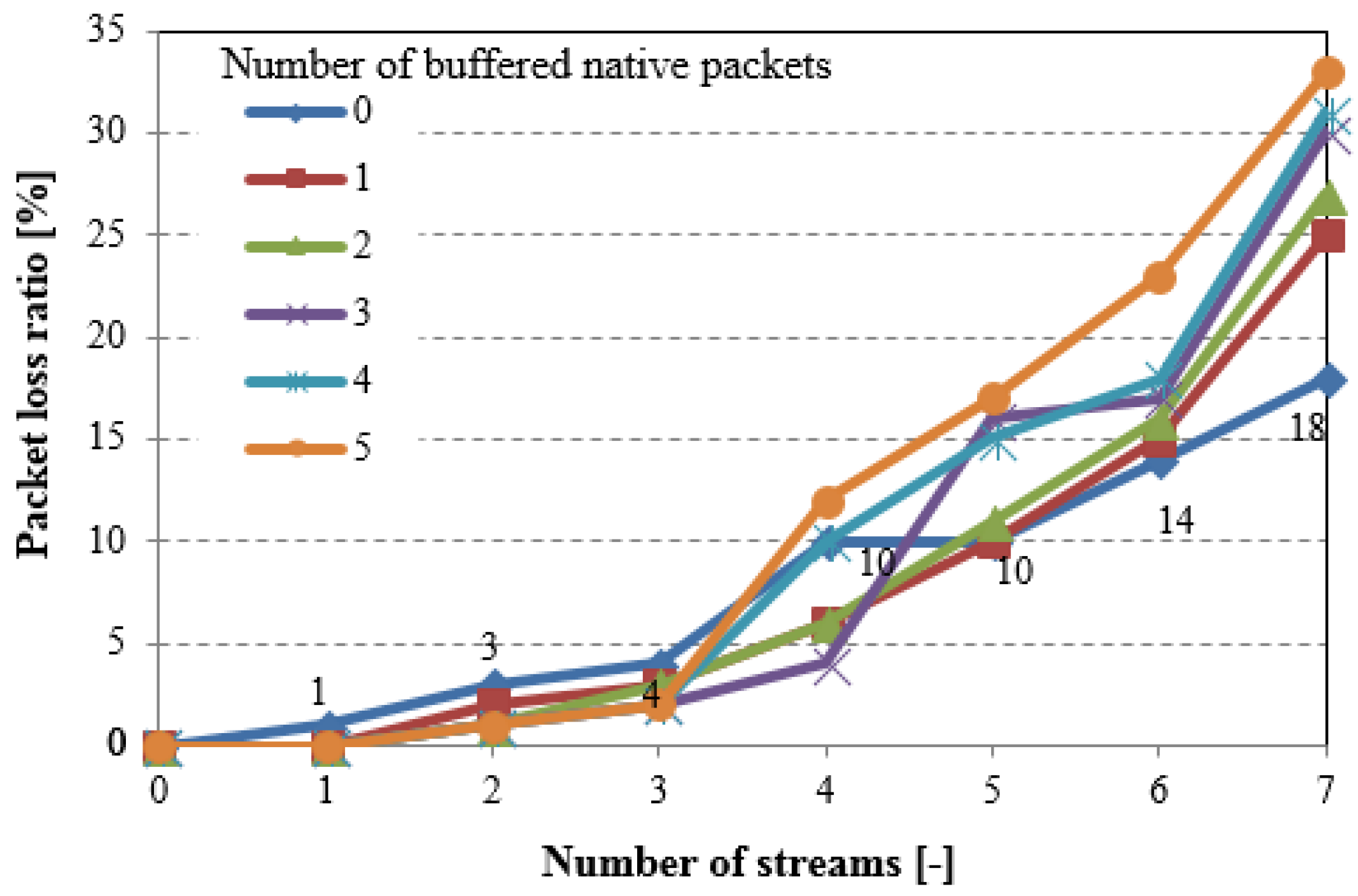
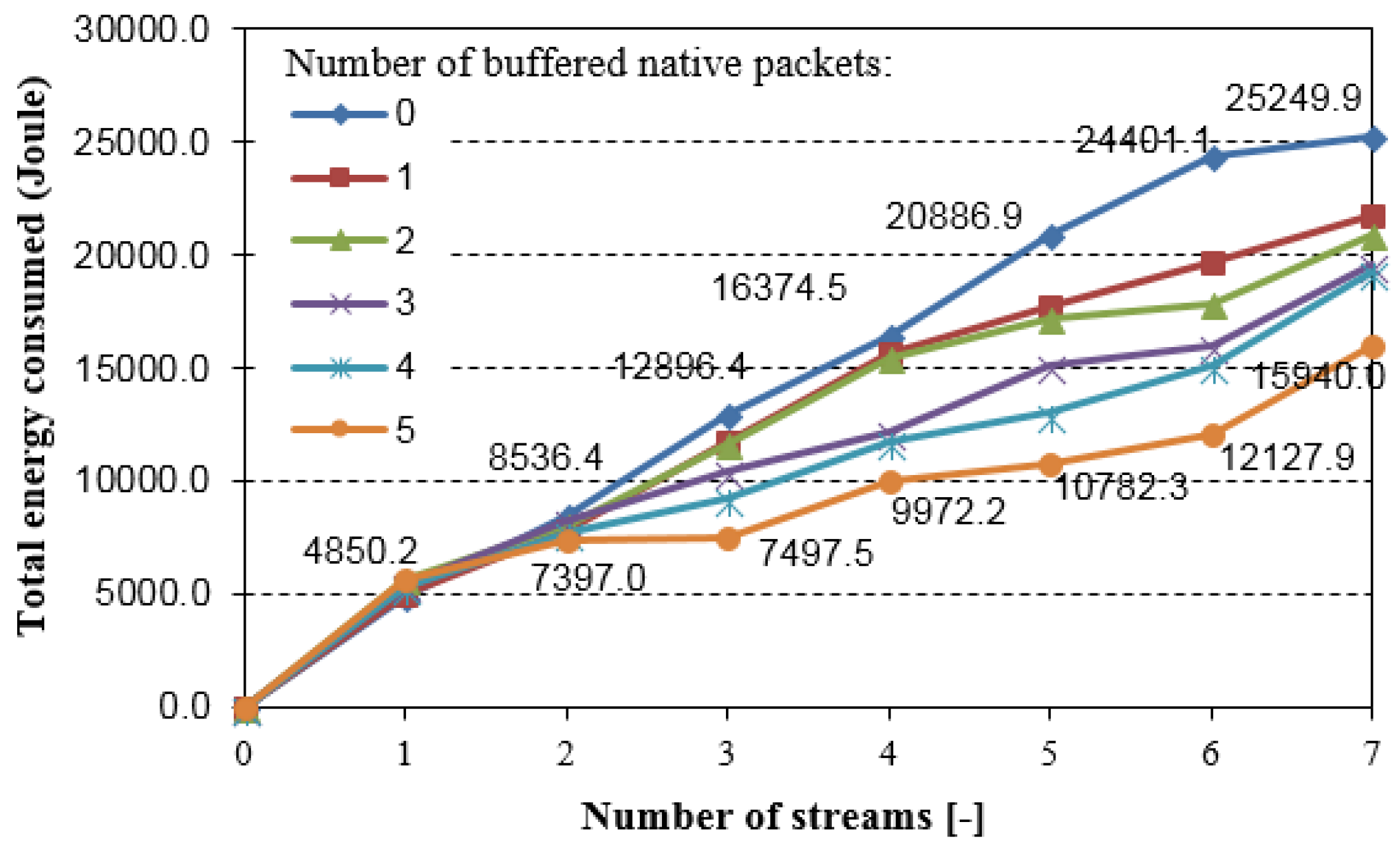
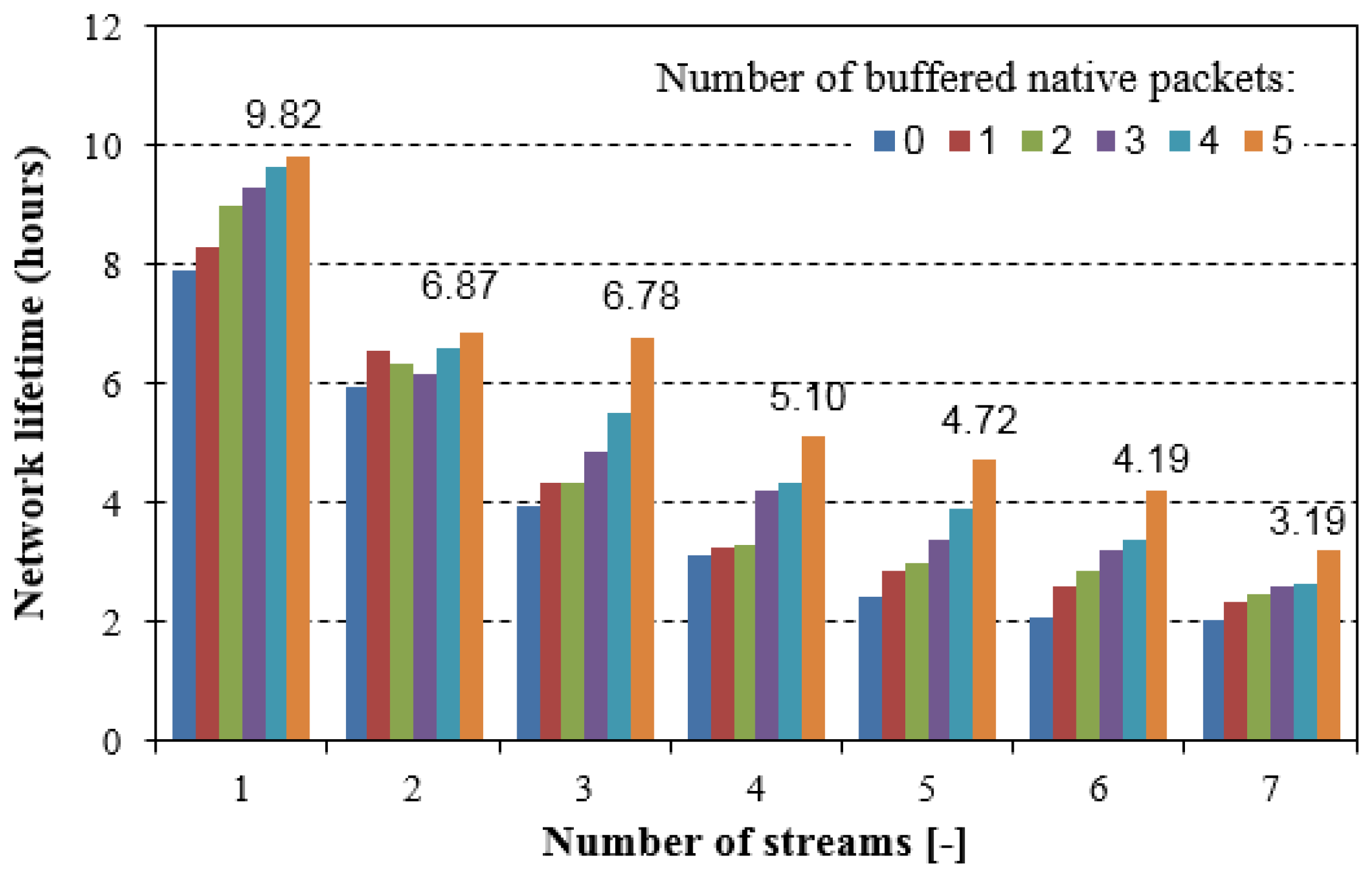
© 2018 by the authors. Licensee MDPI, Basel, Switzerland. This article is an open access article distributed under the terms and conditions of the Creative Commons Attribution (CC BY) license (http://creativecommons.org/licenses/by/4.0/).
Share and Cite
Amanowicz, M.; Krygier, J. On Applicability of Network Coding Technique for 6LoWPAN-based Sensor Networks. Sensors 2018, 18, 1718. https://doi.org/10.3390/s18061718
Amanowicz M, Krygier J. On Applicability of Network Coding Technique for 6LoWPAN-based Sensor Networks. Sensors. 2018; 18(6):1718. https://doi.org/10.3390/s18061718
Chicago/Turabian StyleAmanowicz, Marek, and Jaroslaw Krygier. 2018. "On Applicability of Network Coding Technique for 6LoWPAN-based Sensor Networks" Sensors 18, no. 6: 1718. https://doi.org/10.3390/s18061718
APA StyleAmanowicz, M., & Krygier, J. (2018). On Applicability of Network Coding Technique for 6LoWPAN-based Sensor Networks. Sensors, 18(6), 1718. https://doi.org/10.3390/s18061718




